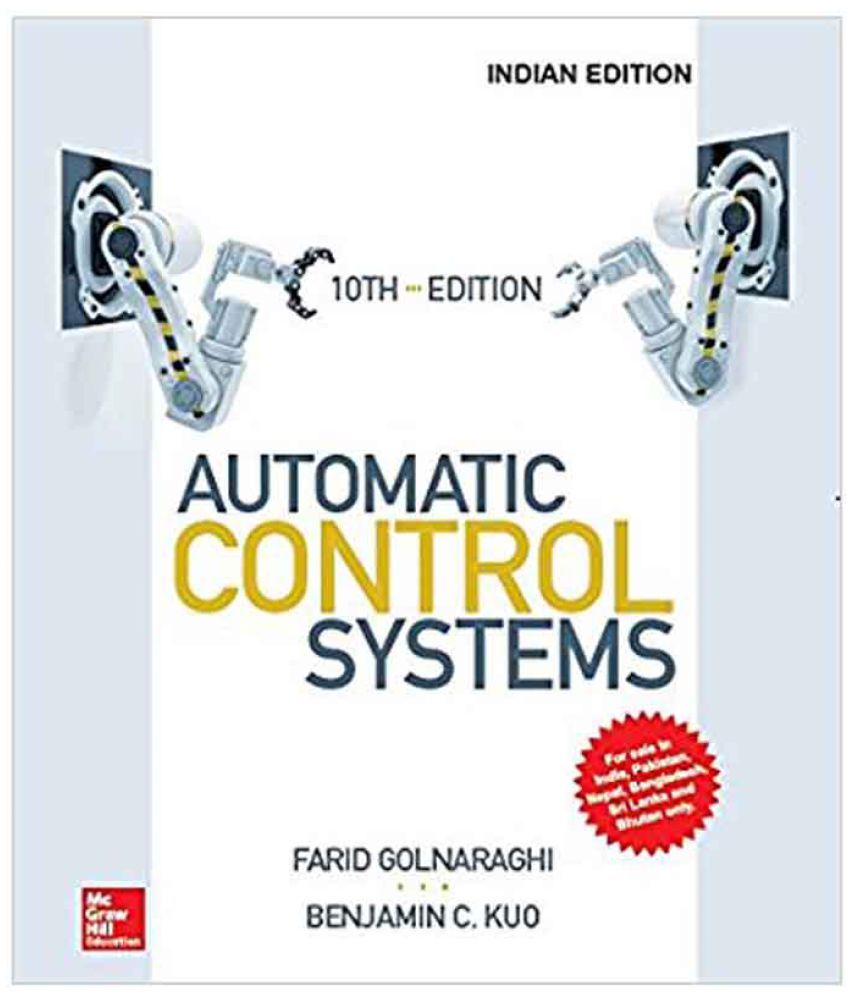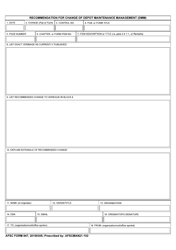

In the case of the known regulator, the two-stage method, which belongs to the ordinary joint input-output approach, reduces to the one-stage method. 1), when the prediction error method is applied to solve the closed-loop identification problem by processing observations. The aim of the given paper is development of a joint input-output approach and its comparison with a direct one in the case of an additive correlated noise acting on the output of the system (Fig. This investigation clarified the closeness of the designed model performance to the reference and its appropriateness for autopilot design and HIL simulation in the next parts of the paper. The simulation results are validated against reference data and verified for performance requirements including the time of flight, miss distance, control currents, normal acceleration and angles of attack. The simulation is conducted with different engagement scenarios and different levels of uncertainty in thrust, aerodynamics and wind velocity. The solution of these equations is described in the form of modules programmed within the C++ and MATLAB environments to form the baseline for subsequent design and analysis. This part of the paper is devoted to the derivation of the system equations of motion clarifying different sources of uncertainty including thrust aging, anomalies in aerodynamic coefficients and derivatives and wind velocity effects.


The design and analysis necessitates somehow accurate model with different uncertainties (objective of Part-1 of the paper) for the system, a robust autopilot design (objective of Part-2 of the paper) and implementation via hardware in the loop (HIL) simulation (objective of Part-3 of the paper). The present work is concerned with improving the performance of an antitank guided missile system belonging to the first generation via robust synthesis of autopilot and guidance systems. Among the real applications are the guided missiles especially the antitank guided missile systems which are commanded to the line of sight (CLOS) against ground and short range targets. In addition, the huge developments in nanotechnology and its availability in civilian level with less cost, size and weight attract many of the researchers allover the world towards embedded systems especially the embedded flight control. The great developments in applied mathematics and computational capabilities facilitate the design and implementation of robust control. Finally, the system performance and robustness are verified with flight path analysis by 6-DOF simulation model. By using the H∞ approach, both controllers are obtained to adequate the nonlinear dynamical behavior and overcome different kind of uncertainties of the intended Command Line of Sight Guidance System (CLOS). To improve system performance, a multi-stages robust autopilot is designed (each stage applied with corresponding missile flight phase) and compared with single stage robust autopilot. However, these mathematical models cannot precisely represent a real physical system without uncertainties. To achieve this objective, mathematical model for different dynamical behavior phases of command to the line of sight (CLOS) system is introduced using system identification technique. At the end, simulation results demonstrate the tracking performance of the proposed control system for offshore applications.The performance of guided flight missile systems is measured through the minimum miss-distance and its capability to overcome target maneuver in presence of different sources of disturbances and noises. Following advantages are highlighted in this paper: ( i) the proposed controller utilizes line-of-sight measurements of range and angle sensors to track a manoeuvring underwater target in three-dimensional space ( ii) computational complexities of the traditional backstepping method are greatly reduced via command filtering by employing dynamic surface control (DSC) technique ( iii) the proposed controller is easily implemented in practice without any prior knowledge of vehicle dynamics, parameters and environmental disturbances. Then, a Lyapunov-based stability analysis proves that all signals are bounded in the closed-loop control system and tracking errors converge to a neighborhood of the origin. Dynamic surface control, neural networks and adaptive control techniques are employed to develop a target tracking controller for underwater vehicles in three-dimensional space. This paper studies target tracking control of underactuated autonomous underwater vehicles in the presence of model uncertainties and environmental disturbances.


 0 kommentar(er)
0 kommentar(er)
